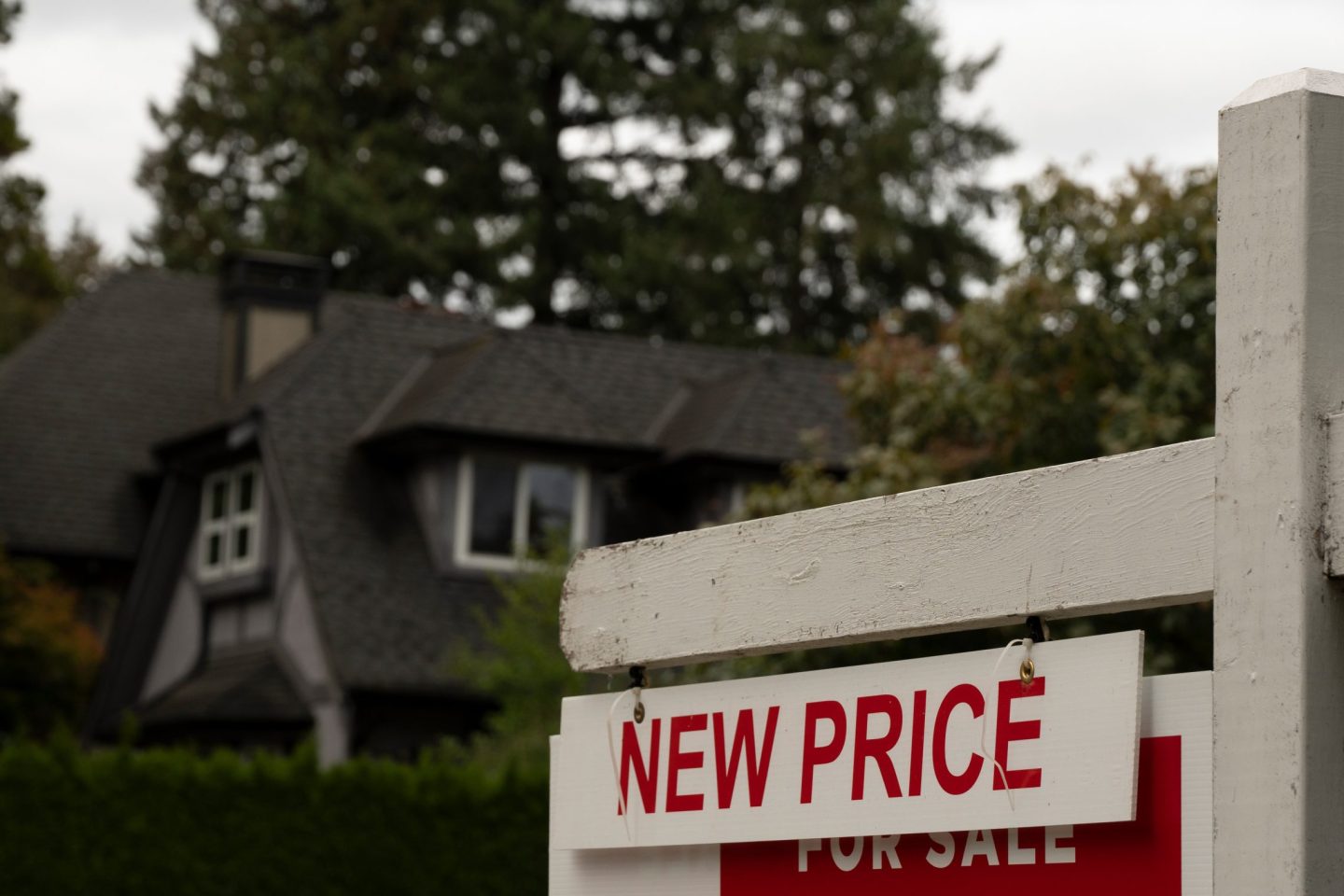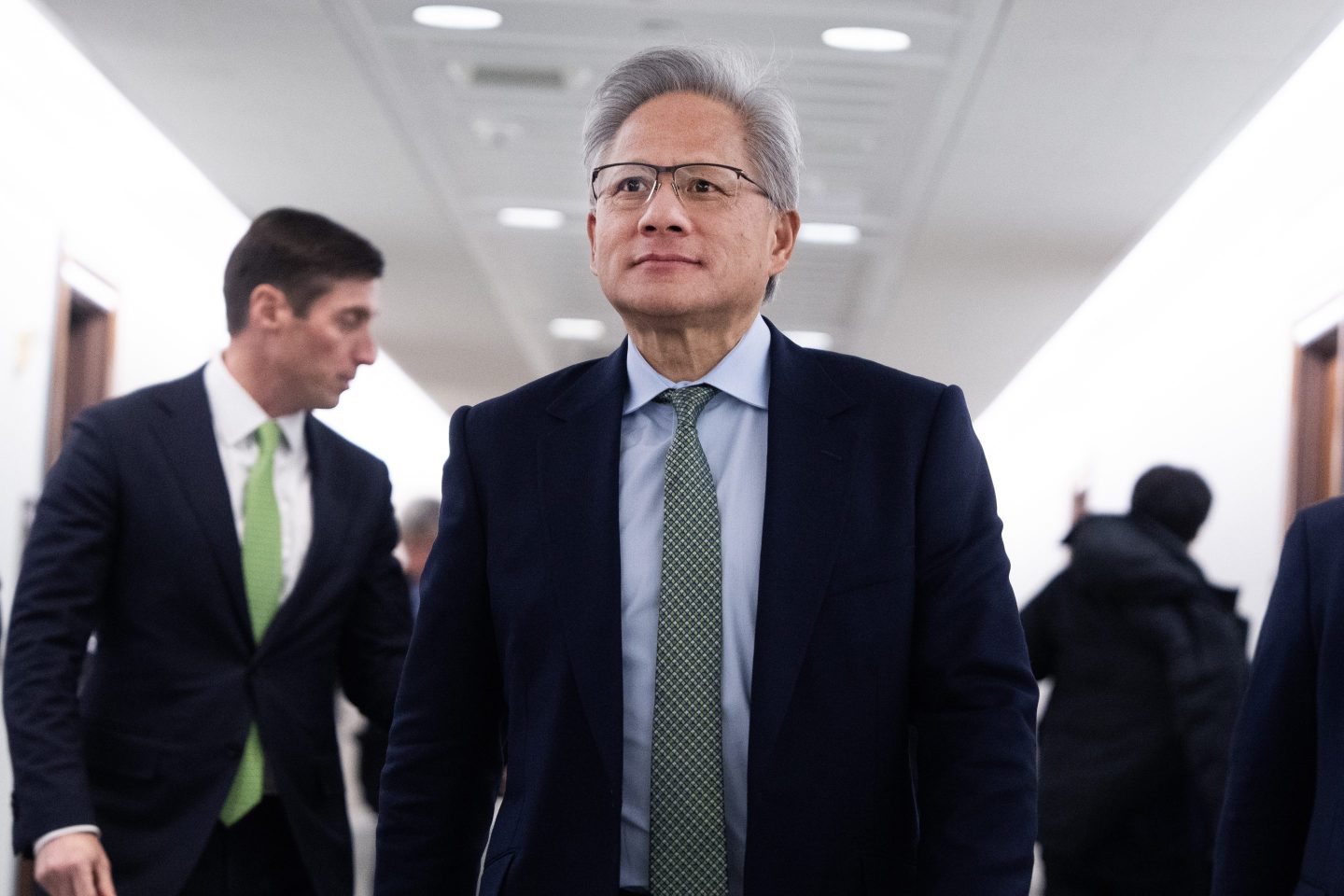When President Donald Trump compared “Big Homebuilders” to OPEC in a Sunday evening Truth Social post, he gave voice to a common populist trope: Greedy developers are hoarding the supply of houses and thus driving up costs. In many ways, it was classic Trump, sending a jolt through corporate America at one of the least expected times while embracing a populist policy point, and traversing across previously fiercely guarded partisan lines. It almost sounded like something from the center-left “Abundance” movement.
“They’re sitting on 2 million empty lots,” he wrote. “I’m asking Fannie Mae and Freddie Mac to get Big Homebuilders going and, by so doing, help restore the American Dream.”
At first glance, it sounded like Trump was wading into the “Yes in my backyard”—or YIMBY—movement, which consists of a coalition of economists, journalists, and activists calling to loosen housing restrictions and ramp up supply. Recently given fresh life by New York Times contributor Ezra Klein and former Atlantic writer turned Substacker Derek Thompson in the bestselling political tract Abundance, the YIMBY gospel has gained converts across the political spectrum.
But to Bryan Caplan, one of the more radical and outspokenly libertarian adherents of abundance, Trump’s diagnosis misses the point. Caplan, a George Mason University economist who has spent decades railing against regulation of any kind, is a fixture in anarcho-capitalist circles that want to see government hands pried off nearly every market.
Not all of his work reads like a manifesto: He’s also the author of a graphic novel on housing deregulation and one of the most vocal YIMBY champions in academia, arguing that restrictive zoning and local opposition, as opposed to greed, are the true villains behind America’s housing shortage.
“It’s bizarre to compare homebuilders to OPEC,” Caplan told Fortune. “OPEC is a tiny cartel of countries that openly coordinate to restrict output and raise prices. U.S. homebuilding is the opposite—tens of thousands of firms desperate to build more, constantly running into red tape.”
Although Caplan did not directly comment on Trump’s closeness to the homebuilding community, the Federal Housing Finance Agency chief Bill Pulte—who has been highlighting alleged mortgage fraud by Trump’s political enemies—is a scion of the Pulte family. That’s the same Pulte family that founded PulteGroup, a $27 billion company that is one of the top three largest homebuilders in the country. It’s unclear if Pulte was involved in Trump’s social media activity urging more development from homebuilders like PulteGroup—although Trump did write in the post that homebuilders were “his friends.”
What Trump framed as a supply conspiracy, Caplan—and many longtime YIMBYs—see as a regulation problem. In most U.S. cities, Caplan explained, the real bottleneck isn’t access to capital: It’s layers of local zoning rules, discretionary approvals, and overlapping agencies with too much veto power.
“If you see an empty lot,” he said, “it’s not that a builder’s lazy. They’re probably waiting on permission.”
Studies bear that out. U.S. homebuilders are still facing a historic shortage of buildable lots, even as housing starts lag, according to a September NAHB/Wells Fargosurvey.
Nearly two-thirds of single-family builders (64%) said the supply of lots was low, with 26% calling it “very low.” That’s below the 2021 peak of 76% but still higher than at any point between 1997 and 2016, when NAHB began tracking the data.
The shortage is striking given how much construction has slowed: Home starts have averaged less than 1.5 million annually for the past three years, roughly the long-run U.S. average. Before the 2008 crash, and even during a boom in building in 2005, less than 53% of builders reported a lot shortage. The persistent lack of permitted land, NAHB notes, continues to constrain construction—especially for entry-level homes—and worsen price pressures across the market.
Caplan added that in heavily regulated metros such as San Francisco, it can take years to secure the dozens of permits needed to break ground. By contrast, states like Texas, with lighter land-use rules, have built more than a million new homes in the past decade.
“They all have Fannie and Freddie,” Caplan noted, “so the difference clearly isn’t financing—it’s freedom to build.”
Trump’s post urged the two government-sponsored mortgage giants to “get Big Homebuilders going.” But Caplan—whose wife works at Freddie Mac—said he doubted they have the leverage to do much.
“Even if Freddie Mac told developers to speed up, local governments don’t answer to them,” he said. “It’s hard to imagine city planners expediting approvals because the president asked nicely.”
If anything, he added, subsidies or cheap loans might expand construction in looser markets like Texas while leaving coastal cities unchanged.
“Where regulation already blocks building, extra money just sits there,” he said. “In Houston or Dallas, sure, it could mean a few more rooftops. In San Francisco, nothing moves until the zoning changes.”
Caplan contrasted Trump’s “state-directed” vision, Washington pressuring lenders and builders, with what he called a genuinely market-driven boom: one where private developers can freely replace low-rise buildings with taller ones and fit multiple homes on each acre. You’d then see homes “people actually want,” like more duplexes and small apartments near public transit, as opposed to funding more million-dollar mansions.
Still, he conceded that the president’s attention to housing—even if short-lived—could have symbolic value.
“It’s a tiny glimmer of hope that he’s noticing the shortage,” Caplan said. “But until leaders stop blaming builders and start confronting zoning, nothing will change.”












